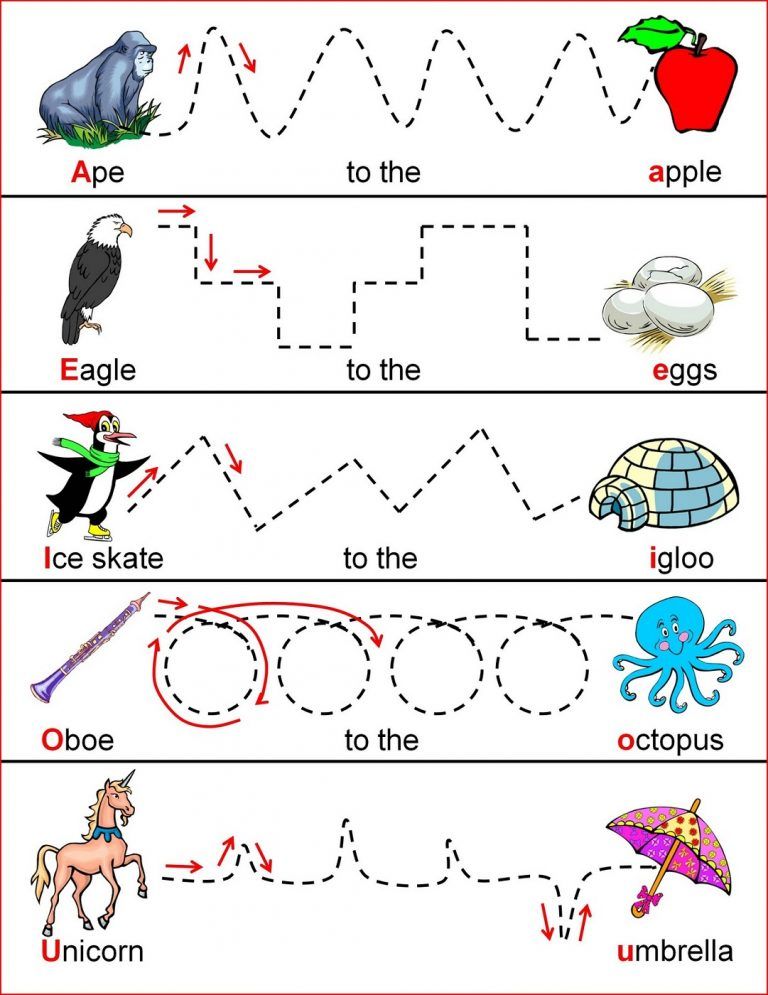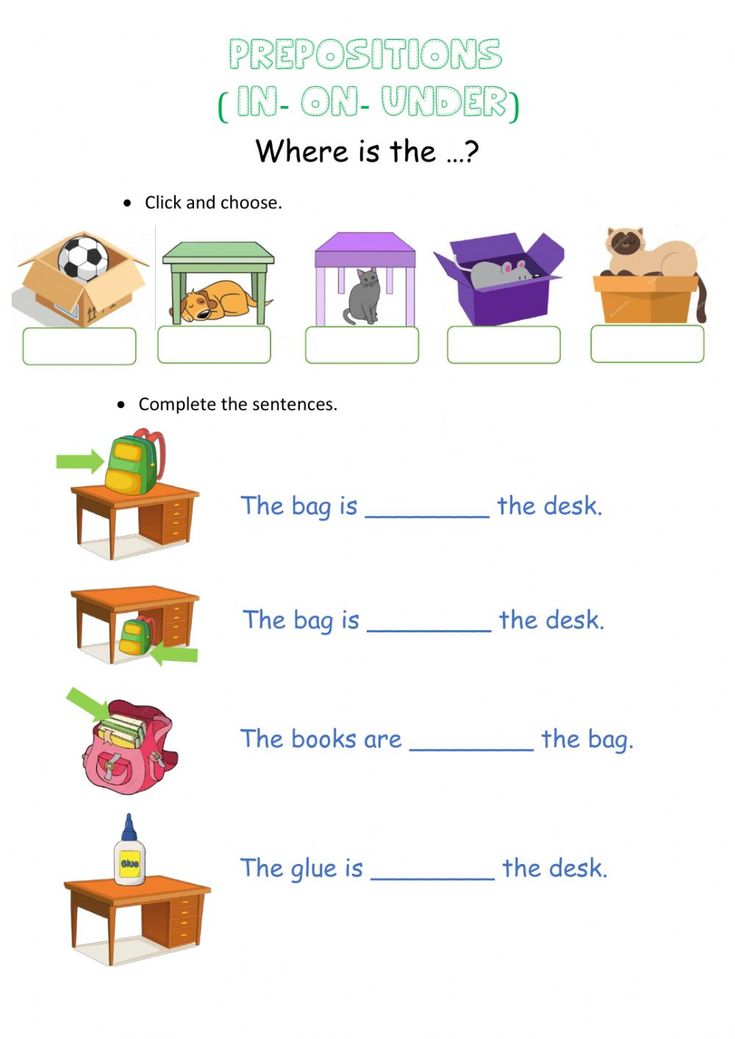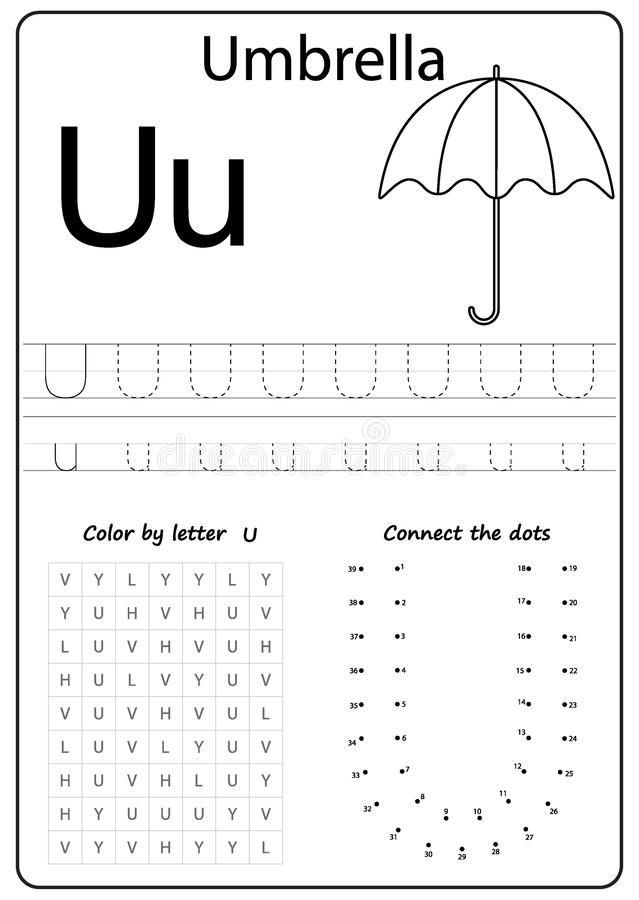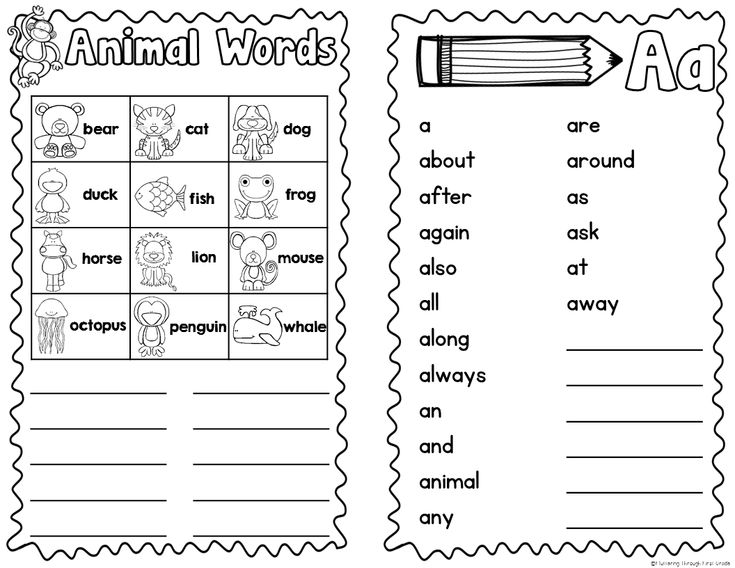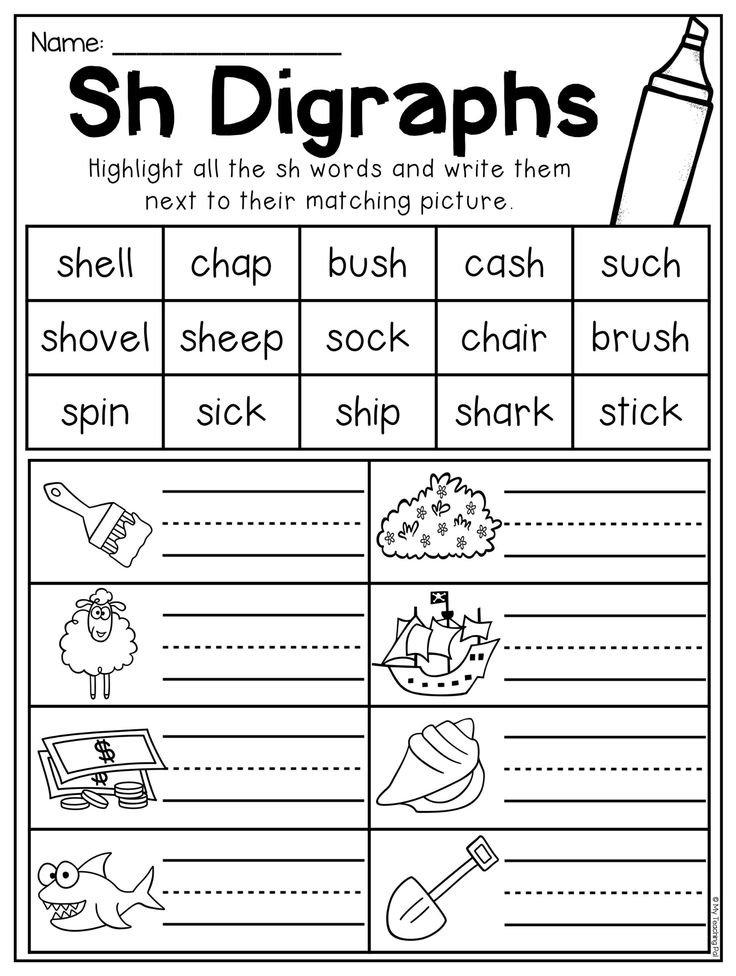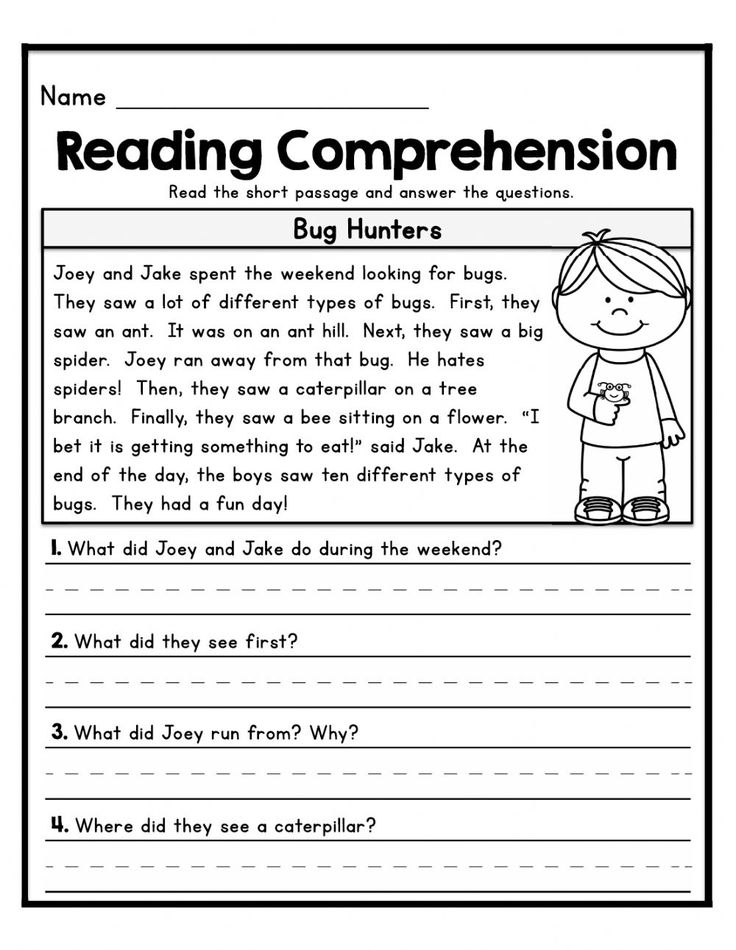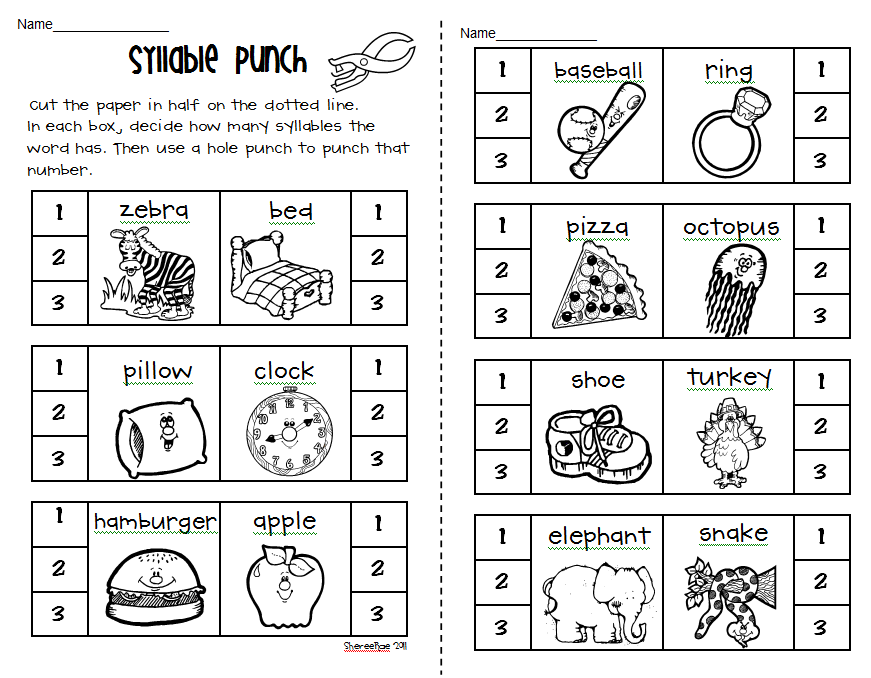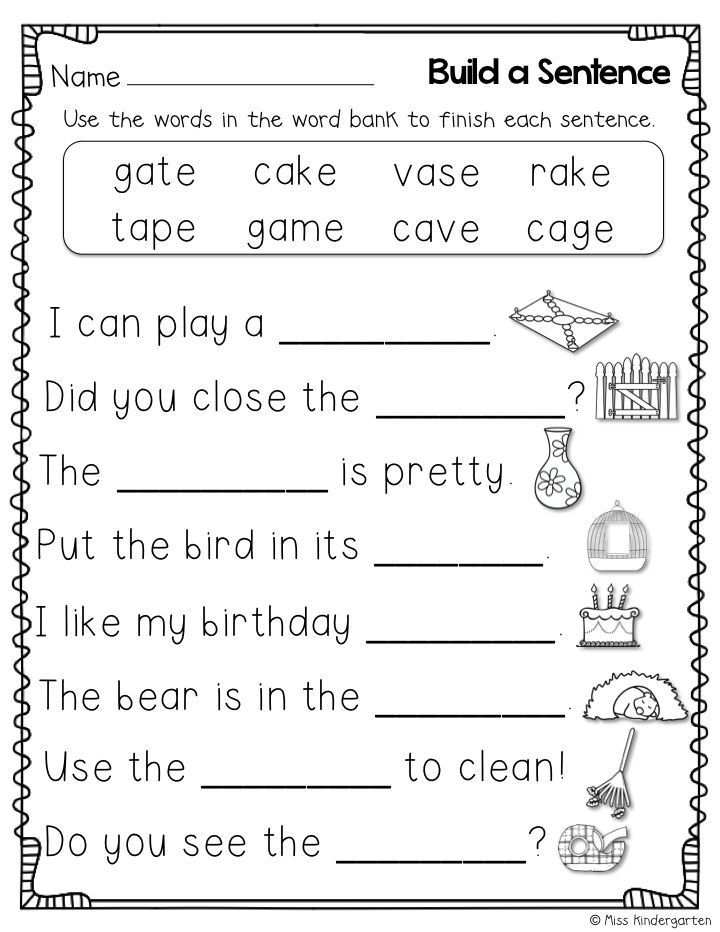Seven year old activities
Fun learning activities for 7-8 year-olds
Your little one will probably now be starting to read independently, but games and activities are still a fun way to help with phonic skills, word recognition and developing that all-important vocabulary.
Your child may become more aware of signs, notices, posters, newspaper headlines, TV adverts, and so on… so make the most of this new reading opportunity! This also helps to reinforce why learning to read is so important. Try some of our fun math games and activities with your child to practise their numeracy skills, build confidence, and support what they are learning at school.
1. Language games
- Read and remember poems, (Michael Rosen’s website has lots of great examples) and join online author fan clubs as they usually feature fun activities, jokes, and competitions.
- Play with language. Spot words within words or try to make up new words for things like stepevator for elevator, or smoketube for chimney…
- Play games such as Articulate.
2. Phonic games
- Do word searches together and then make up your own.
- Play word/spelling games like Junior Scrabble, Bananagrams, and Boggle to focus on blending letter sounds to make words.
- Write a word out – it could be a word from the weekly spellings list – cut it up and ask your child to put it back in the correct order.
Activity: Phonics guidance
Learn how to say all the phonics sounds (phonemes) and letters.
3. Memory games
- Have fun trying to memorise menus in restaurants and cafés!
- Memorise directions to the swimming pool or to a friend’s house using the right terms; turn right, go over the roundabout, pass the sweet shop and it’s second on the left.
- Play spelling pairs with your child’s weekly spelling words. Draw a word grid and write each word in a new box. You will need to write each one twice (in separate boxes). Cut them out, making sure you have two of each spelling word.
 Then turn them over and mix them up. Challenge your child to turn over two pieces of paper and then read each word. Are they a pair? If not, turn them back over and repeat this until they find matching pairs. Once they have found a pair, look at the spelling together and ask your child to spell the word without looking.
Then turn them over and mix them up. Challenge your child to turn over two pieces of paper and then read each word. Are they a pair? If not, turn them back over and repeat this until they find matching pairs. Once they have found a pair, look at the spelling together and ask your child to spell the word without looking.
4. Listening games
- Draw a picture and then while you describe what you have drawn your child has to draw what you are describing. Compare your drawings.
- Make up riddles about an object or person you know and see if your child can guess what or who it is. For example, ‘They wear skirts, they have grey hair, and they live in a flat. Who are they?’
- Play ‘Repeat the sound’. Create a movement or sound (for example, click your fingers, tap your foot twice, or cough). Ask your child to copy you and add another movement or sound on at the end. You then have to repeat their movement/sound and yours back and forth, without forgetting any.
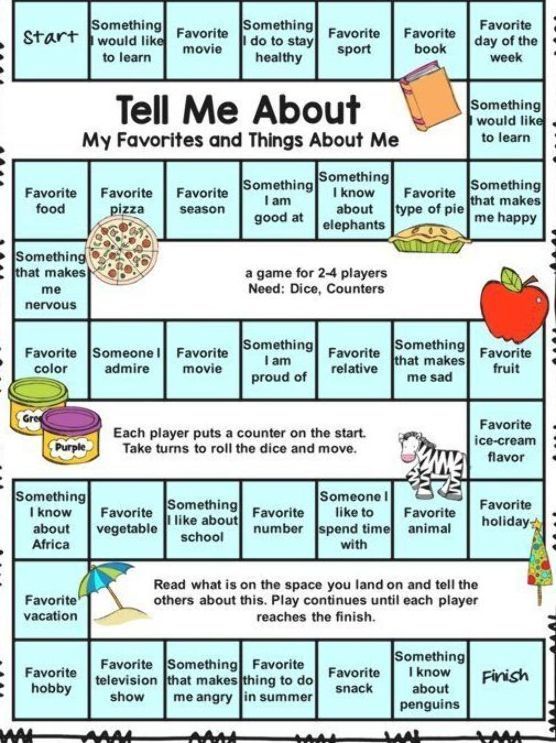 This game works with two or more players and is a great way to encourage listening, memory, and concentration skills. It is also good fun!
This game works with two or more players and is a great way to encourage listening, memory, and concentration skills. It is also good fun!
5. Action games
- Play Twister – ask your child to read the instruction about which colour dot their left/right, hand/foot should be placed on the floor mat! Lots of skills to coordinate at the same time!
- Play charades with friends and family.
- Write words like run, walk, jump, sit, and so on on separate pieces of paper. Get your child to read the word and do the action. Time them!
6. Tactile games
- Use puppets, creatures, models to create and tell stories as a show.
- Create posters, book covers and presents using sand paper, magazine cut outs, fabric, paint, glitter glue, buttons and straws. Go 3D!
- Use fridge magnet games to build messages, stories, and poetry, like ‘Gone to Matt’s for tea!’
7. Screen games
- Buy ‘educational’ tablet, computer or DS games and encourage your child to read the instructions by themselves.
 Talk to your child about the games and ask them to explain how to play.
Talk to your child about the games and ask them to explain how to play. - Watch adaptations of stories, like Julia Donaldson’s The Gruffalo or Dr. Suess’s Horton Hears a Who, and talk about the differences between the book and the film.
- Show your child useful online sites like YouTube and iTunes, explaining how you read to make choices.
8. Car journey games
- Use Michelin I-Spy books (I-Spy Car Journeys, I-Spy Cars, and so on).
- Joke books can be a useful thing to pack for a long car journey. Take it in turns to tell a joke or a riddle.
- Encourage your child to read road signs, to give you directions or to set the satnav!
Video: Car journey games
Get ideas for fun and educational car games for kids! Educational author and parent Isabel Thomas shares her ideas to relieve the boredom of long car journeys.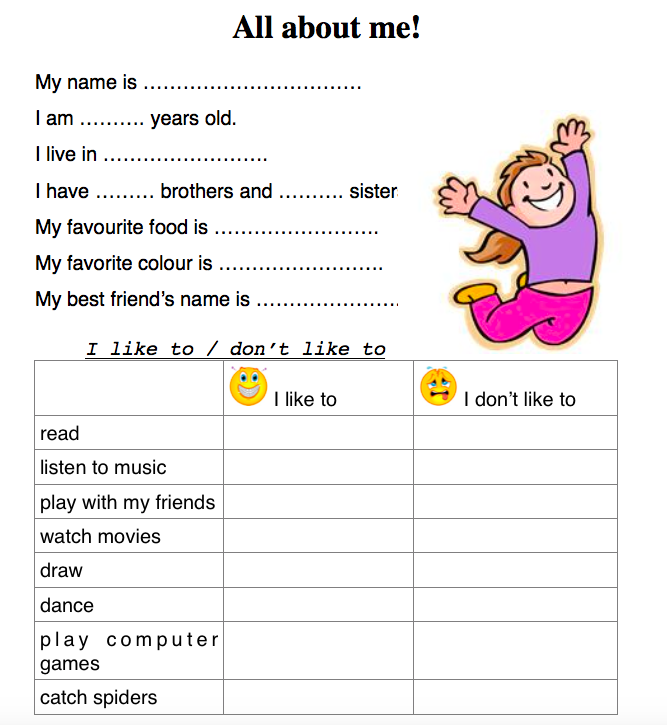
9. Practical activities
- Look at newspaper articles, notices from school, leaflets/guides in museums together.
- Get your child to think about and plan for the week’s activities: clubs, school events, parties.
- Get them to think about holiday packing lists (it’ll save you the worry!) and ‘to do’ lists.
10. Read together
- There are some great picture books for older children so don’t give up on pictures. Don’t forget comics too!
- Read simple chapter books with fewer pictures and read a couple of chapters at night
- Listening to stories being read is not only enjoyable, but it can build your child’s vocabulary and help develop their speaking and listening skills. Visit our storyteller page to watch videos of storytellers reading favourite traditional stories.
- Why not choose a book from our free eBook library to share on-screen now together?
11. Play maths games
- Try these fun games with your child to practise maths skills and help to build your child’s confidence.
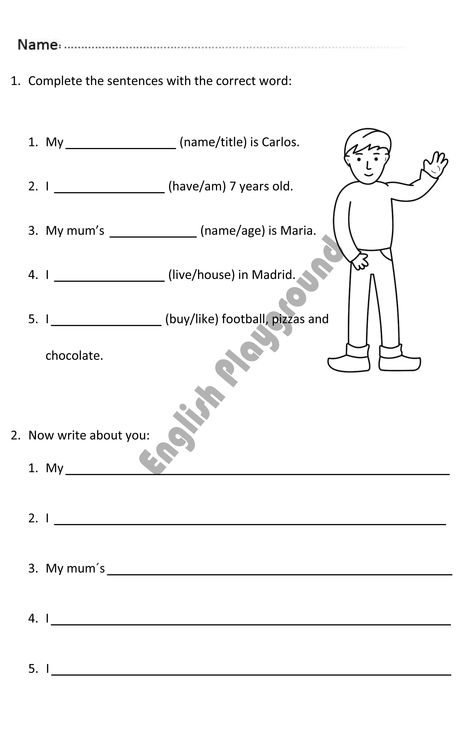 Most children love playing games and it’s an easy way to support their learning.
Most children love playing games and it’s an easy way to support their learning. - Multiply by 2: practise your multiplication skills with this fun game.
- Roll the dice: roll the dice and practise your addition, subtraction and multiplication skills with this fun game.
- Visit our fun maths activities page for a selection of activities and resources designed to help you enjoy maths with your child.
12. Cook together
- Cooking with your child is an excellent way to practise and talk about key maths skills – counting eggs for a cake recipe, measuring and weighing ingredients together. Best of all, you both get to enjoy a tasty treat at the end! Why not try our banana bread recipe?
- Browse all of our free recipes.
30 Fantastic Activities For 7-Year-Olds
We all know that keeping busy throughout the year can be difficult, especially with high-energy elementary students. Whether you’re a teacher or a parent, it’s not always easy to come up with new and fresh ideas for fun activities that keep kids entertained, engaged, and learning.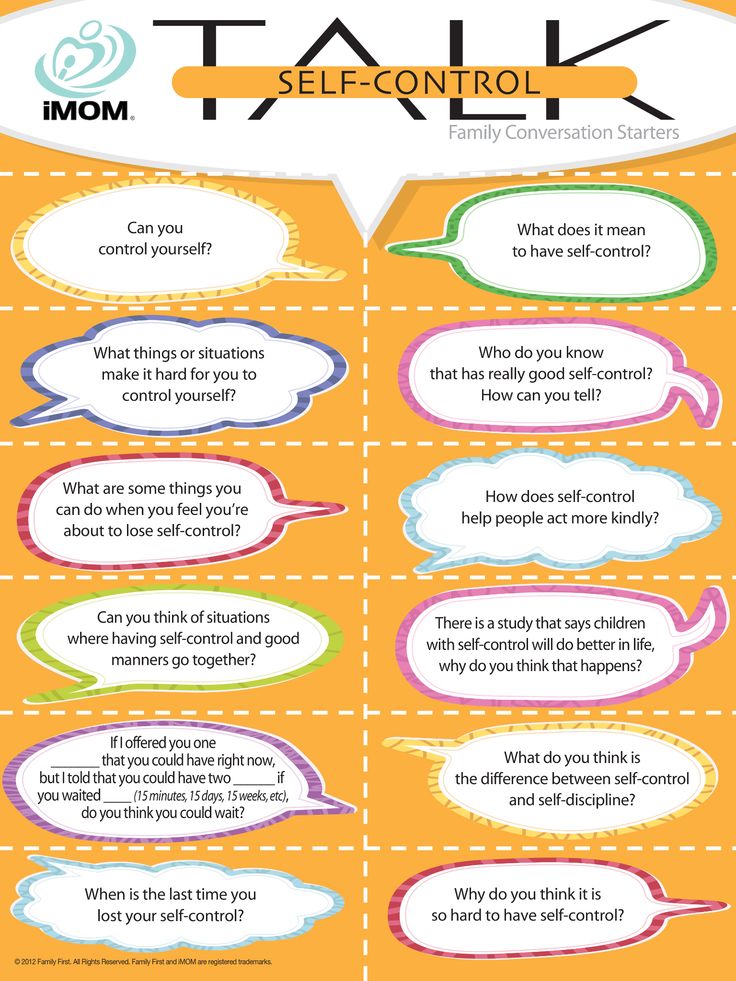 The list below includes physical activities, fun games, and crafts that are specially targeted to elementary students. Here are 30 activities your seven-year-olds will love!
The list below includes physical activities, fun games, and crafts that are specially targeted to elementary students. Here are 30 activities your seven-year-olds will love!
As kids are learning new shapes and applying what they learn at home, teachers and parents can help them go on shape hunts around the classroom or house. For example, kids can search their house for cube shapes, then gather them and show parents, teachers, or peers what they find.
Learn More: Tech5Learning
2. 5 Senses WalkFive senses walks are a great way for kids to get outside, practice using their senses, and observe the world around them. As kids go out on their walk, they will record what they see, hear, taste, smell, and touch. Children can write or draw their observations.
Learn More: Tech5Learning
3. Make a Bread Mold GardenBread mold gardens are a fun way for elementary kids to practice science skills.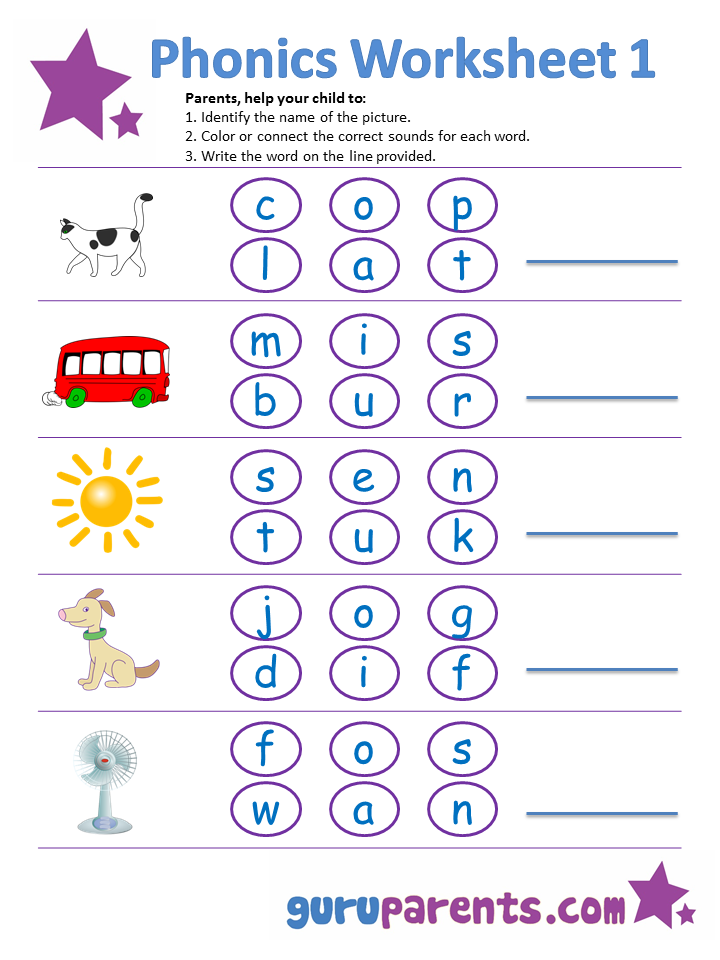 This educational activity encourages kids to experiment and learn about bacteria. Students will use the scientific method to create their own bread mold garden.
This educational activity encourages kids to experiment and learn about bacteria. Students will use the scientific method to create their own bread mold garden.
Learn More: GreatSchools
4. Make a Paper QuiltKids can create their very own paper quilt. This activity uses different colored construction paper to make a beautiful quilt design. Kids can learn how to make a patchwork quilt using different designs without having to sew a stitch!
Learn More: GreatSchools
5. Play MadlibsMadlibs are the perfect educational activity to practice parts of speech. This engaging activity encourages kids to identify nouns, verbs, etc. in a fun and silly manner. Kids will love the weird and wacky stories they create.
Learn More: Lucky Little Learners
6. Make a Book PosterThis creative activity is perfect after reading a book. Kids will need a piece of white paper where they will make a poster to “sell” the book they read, or a poster to encourage other kids to read the same book.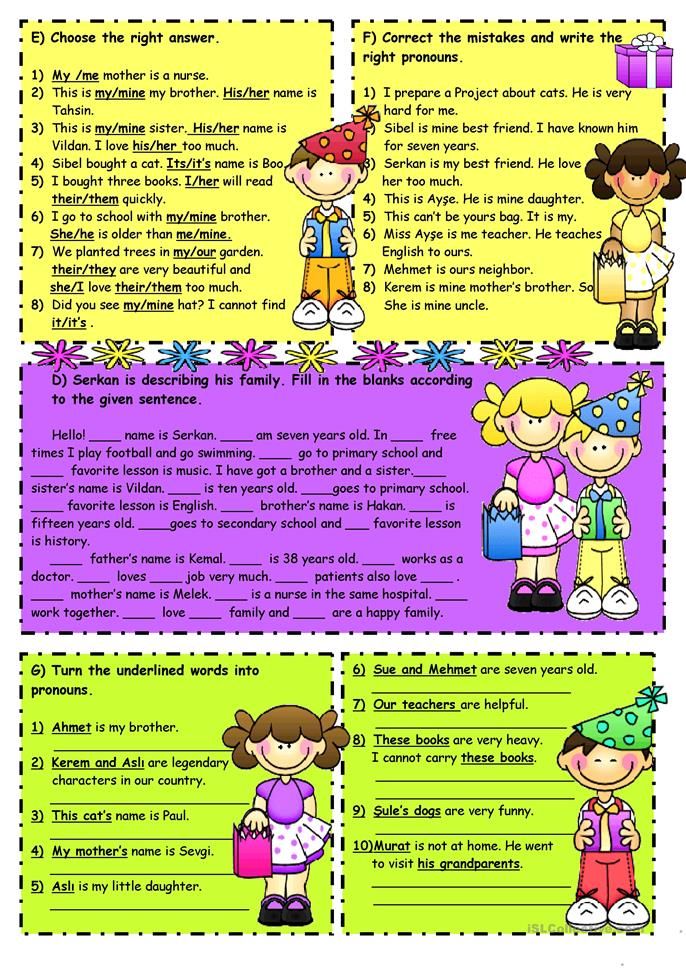
Learn More: Lucky Little Learners
7. Water Drop RaceWater drop races are engaging motor activities as well as science activities. Kids will use quantities of water to test the surface tension of different objects. Kids can observe how the water droplets form on different surfaces.
Learn More: What Do We Do All Day?
8. Rainbow Soap FoamFor this activity, kids will use dish soap, water, and food coloring to make their own rainbow foam. Then, they can play for hours using different colors. This doubles as a sensory activity.
Learn More: Fun at Home with Kids
9. Calm Down JarCalm down jars are great sensory objects that are fun and easy for kids to make and they can use them over and over again. This simple craft requires plastic or glass bottles, glitter glue, and water.
Learn More: Lemon Lime Adventures
10. Listen To a PodcastPodcasts are becoming more popular and now there are even podcasts made for kids.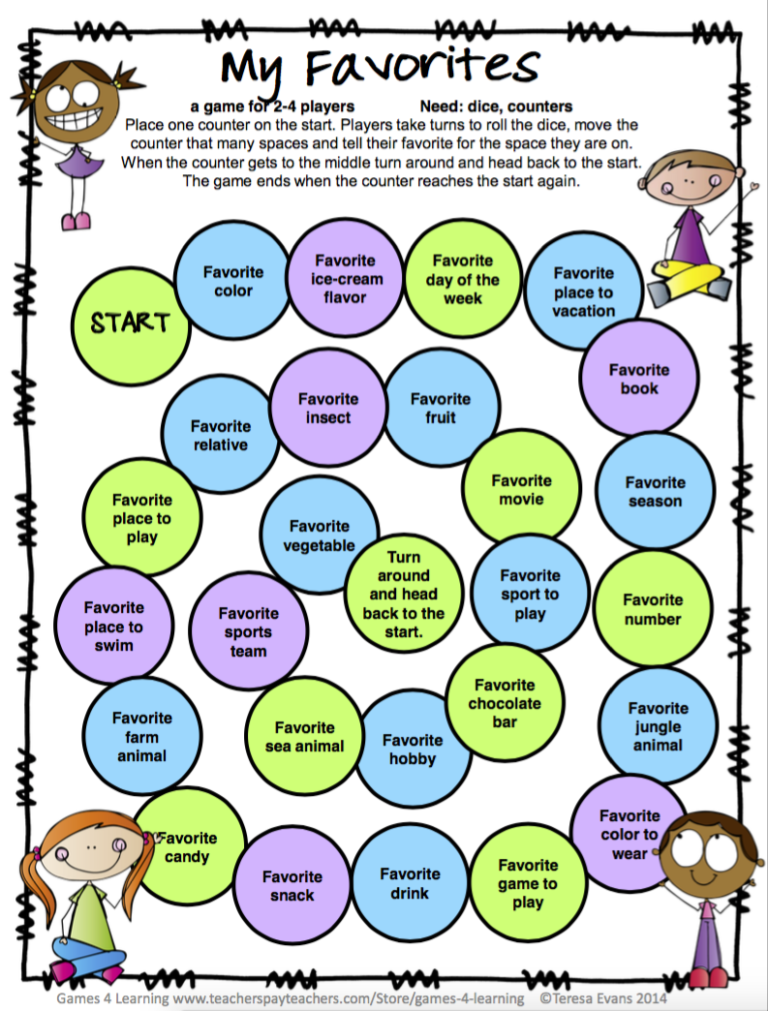 Podcasts can be a great, educational alternative to screen time or cartoons. Podcasts also encourage digital literacy and listening skills.
Podcasts can be a great, educational alternative to screen time or cartoons. Podcasts also encourage digital literacy and listening skills.
Learn More: iD Tech
11. Make Cool BookmarksThis is a fun crafting activity that kids can do at any time. All they will need are popsicle sticks and paint or markers. They can make their favorite characters into bookmarks. Even more fun, kids can make bookmarks for family and friends!
Learn More: Good Housekeeping
12. Bucket List WreathThis creative idea encourages kids to make goals. They will use clothes pins to write out their bucket list items and peg them onto a circular wire frame to create a wreath. Then, as they complete an item, they will remove the clothespin.
Learn More: Good Housekeeping
13. Scavenger HuntScavenger hunts are a fun way to keep kids busy, plus they can be used more than once in different locations. Kids can practice finding different items for different themes as well.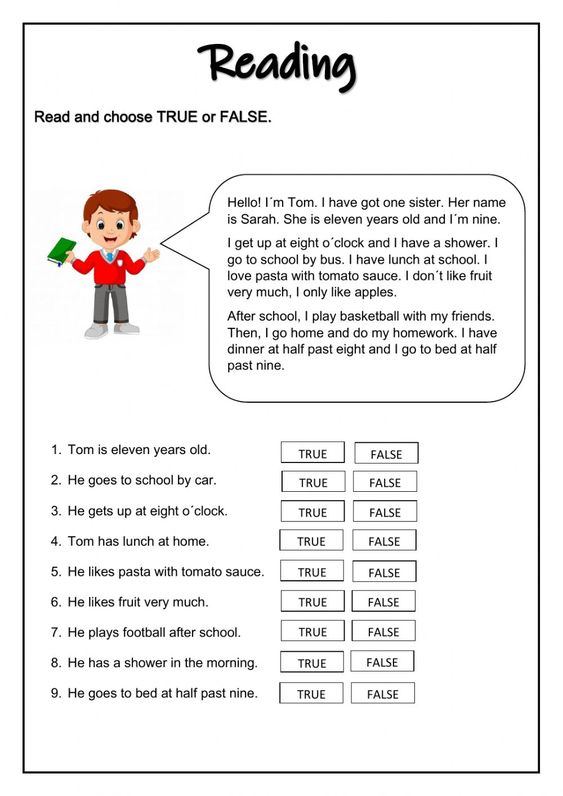 Each scavenger hunt can be tailored to your preferences.
Each scavenger hunt can be tailored to your preferences.
Learn More: iD Tech
14. Make a Felt Flower BouquetThese felt flower bouquets are fun activities that double as decorations or gifts. Kids will love cutting different flower patterns out of felt to make their own unique bouquets. Can’t find felt? This can be done with construction paper or other fabrics too!
Learn More: Happiness is Homemade
15. Make a Backyard Treasure HuntThis is a fun activity for kids to do with other kids. Parents can have one group of kids hide a treasure in the backyard and make a treasure map, then the other group of kids has to find the treasure using the map. Or, parents can bury the treasure for all of the kids to find.
Learn More: Alice and Lois
16. Make Your Own Sidewalk PaintAre the kids sick of sidewalk chalk? Maybe they want something a little more vibrant and fun? Then, they can make their very own sidewalk paint to liven up their outdoor space.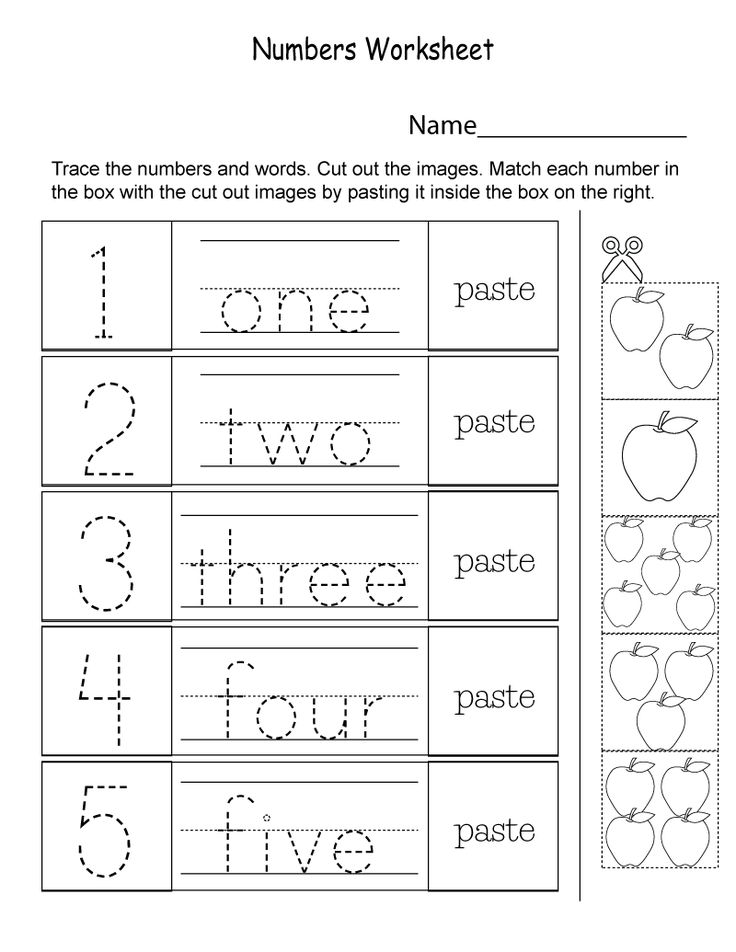 This is an easy craft that kids can use more than once, especially in the summer!
This is an easy craft that kids can use more than once, especially in the summer!
Learn More: Alice and Lois
17. Make Unicorn SlimeMaking unicorn slime is a fun activity for adults to do with kids. All you need is glitter glue, glitter, baking soda, contact solution, and water. Once the slime is ready, kids can play with it for hours!
Learn More: The Best Ideas for Kids
18. Tell StoriesThere is nothing more fun and creative than telling stories. This is a great opportunity to encourage kids to use their imaginations. The prompt jar will help kids get started. Families can do this activity at dinner, after school with their friends, or during ELA lessons at school.
Learn More: Kitchen Counter Chronicle
19. Shadow DrawingsShadow drawings are a fun way to help kids think about and observe the world around them. Kids can pick 3D objects from around their house and use the sun to cast a shadow on the sidewalk to trace. The crazier the object, the more fun it will be to draw!
The crazier the object, the more fun it will be to draw!
Learn More: Simplemost
20. Cloud in a JarThis STEM activity will teach kids about weather science. They will need a jar with a lid, hot water, ice, and hair spray. As kids create the cloud, they can observe the condensation that creates the cloud. Once the cloud is formed, they can remove the lid and watch it escape.
Learn More: Gift of Curiosity
21. Build With BunchemsBunchems are the perfect building object that will keep kids busy and building for hours. Bunchems have a unique texture and double as sensory toys. Kids can build anything they want before showing off their creations to friends, teachers, and family.
Learn More: The Pinning Mama
22. Make Snack ArtSnack art is fun for kids and parents and is the perfect family time activity. Parents can pick healthy snacks and build fun, colorful scenes with their children.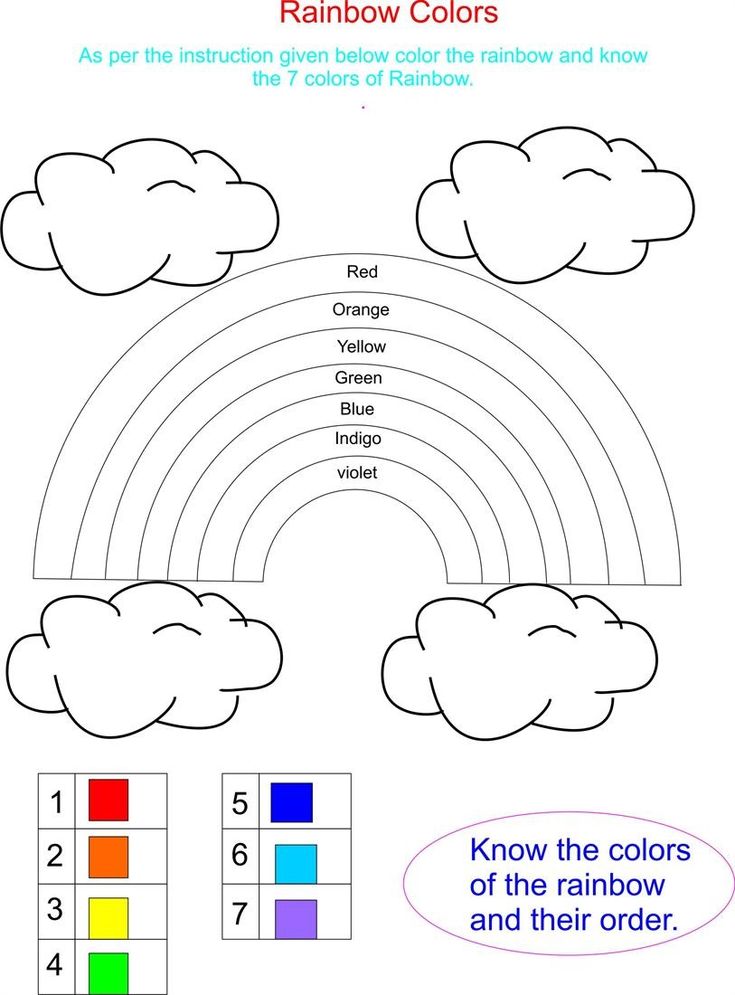 This activity encourages healthy eating, creativity, and imagination.
This activity encourages healthy eating, creativity, and imagination.
Learn More: Verywell Family
23. Make a Town/Road Using Painter’s TapeThis is an exceptional indoor activity for your next rainy day. Give children a roll of painter’s tape and tell them to create roads for their trucks and cars to drive on. They will love playing on the roads as much as they love building them!
Learn More: Verywell Family
24. Play Table Top SoccerChildren will love this fun craft that they can use daily with their friends, siblings, and other family members. They will use cardboard, straws, and construction paper to create a tabletop soccer field. Keep score and challenge your seven-year-old to a game!
Learn More: Highlights Kids
25. Make Ice Cream in a BagIce cream in a bag is a classic Summer make. All your little ones need is a bag, cream, sugar, vanilla, ice, and salt to create the perfect treat.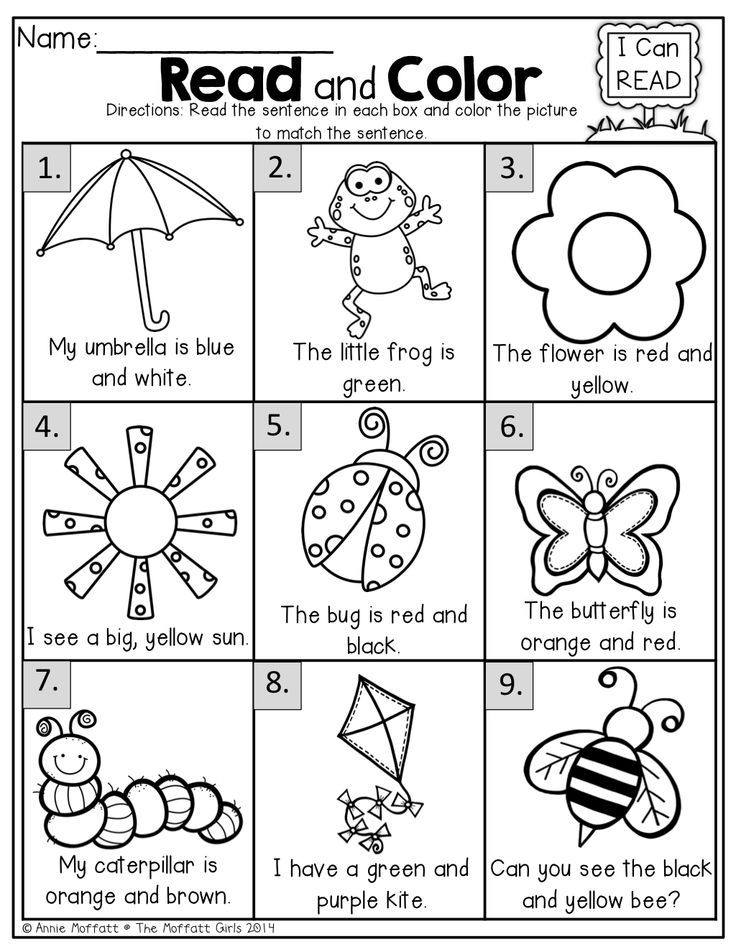 Not only will the children love the ice cream, but they will learn about chemical reactions while making it!
Not only will the children love the ice cream, but they will learn about chemical reactions while making it!
Learn More: Coffee Cups and Crayons
26. Make a 3D Goldfish BowlThis 3D goldfish bowl is fun and easy to make. All kids need is a paper plate, construction paper, tissue paper, confetti, and paint or markers to make their goldfish pop.
Learn More: FirstPalette
27. DIY Dress UpChildren will enjoy making dress-up even more fun by crafting their own dress-up items. They can make their own jewelry, crowns, and/or shoes with their friends and then use their items to bring their dress-up scenes to life.
Learn More: FirstPalette
28. Homemade Snow GlobeThis bubbling snow globe is an exciting activity that teaches kids about science. They will need an empty snow globe, mineral oil, glitter, glue, food coloring, and Alka Seltzer tablets to create their perfect snow globe.
Learn More: STEAMsational
29.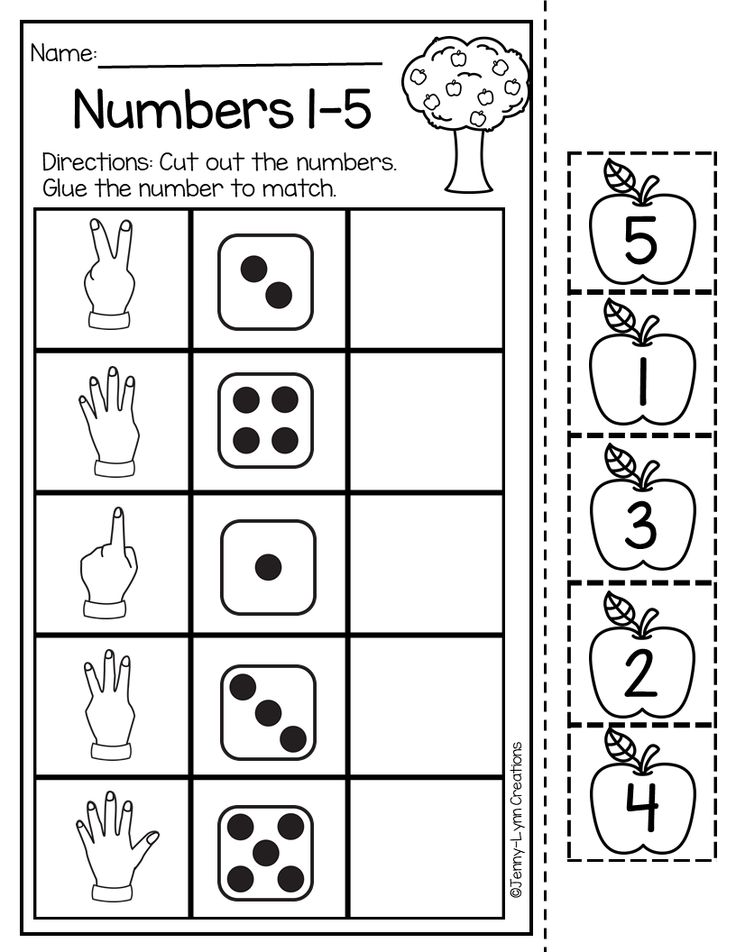 Turkey Disguise Project
Turkey Disguise ProjectThis turkey disguise project can be done anytime, but it’s perfect to use around Fall or Thanksgiving. Kids will have fun thinking about creative ways to disguise and save the turkeys. This project encourages creative thinking and writing skills.
Learn More: Life Between Summers
30. Keep a JournalKeeping a journal is essential for anyone, but some kids need prompting and encouragement to start. Encourage kids to decorate their journals and then write in them each day. This is a great activity to direct them when they are bored.
Learn More: Scholastic
Related posts:
Tax authorities may demand payment of seven-year-old arrears
Become a client
Name: *
Surname: *
Middle name:
Telephone *
E-mail*
I consent to the processing of personal data nine0002 Thank you for your feedback!Write to us
Name: *
Surname: *
Middle name:
Telephone *
E-mail*
I consent to the processing of personal data nine0002 Thank you for your feedback!Legislation
The court explained in which cases the actions of the inspection in the recovery of seven years' arrears are lawful.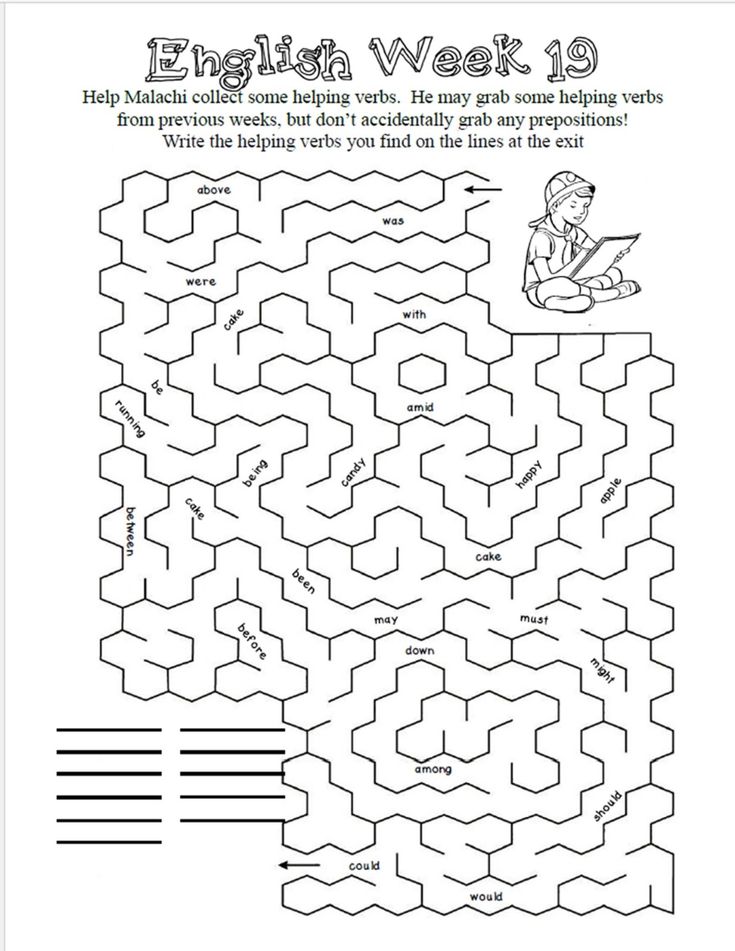
The company applied to the IFTS for a certificate on the status of settlements. From it it turned out that the company had a tax arrears that arose 7 years ago. With the certificate, the tax authority handed over to the company a demand to pay the tax debt.
This arrears was revealed during the audit and confirmed in court, the IFTS did not violate any deadlines when making a claim and making a decision on recovery at the expense of money and property, and then sent the documents to the bailiffs. After that, when it was not possible to identify the property of the debtor, the enforcement proceedings were completed. nine0003
When considering this case, the courts referred to the conditions under which the arrears are recognized as hopeless for collection. Among them - a five-year period from the formation of arrears. The court pointed out that 5 years had not passed since the entry into force of the decision on the inspection and from the deadline for fulfilling the requirement, therefore the actions of the inspection were lawful.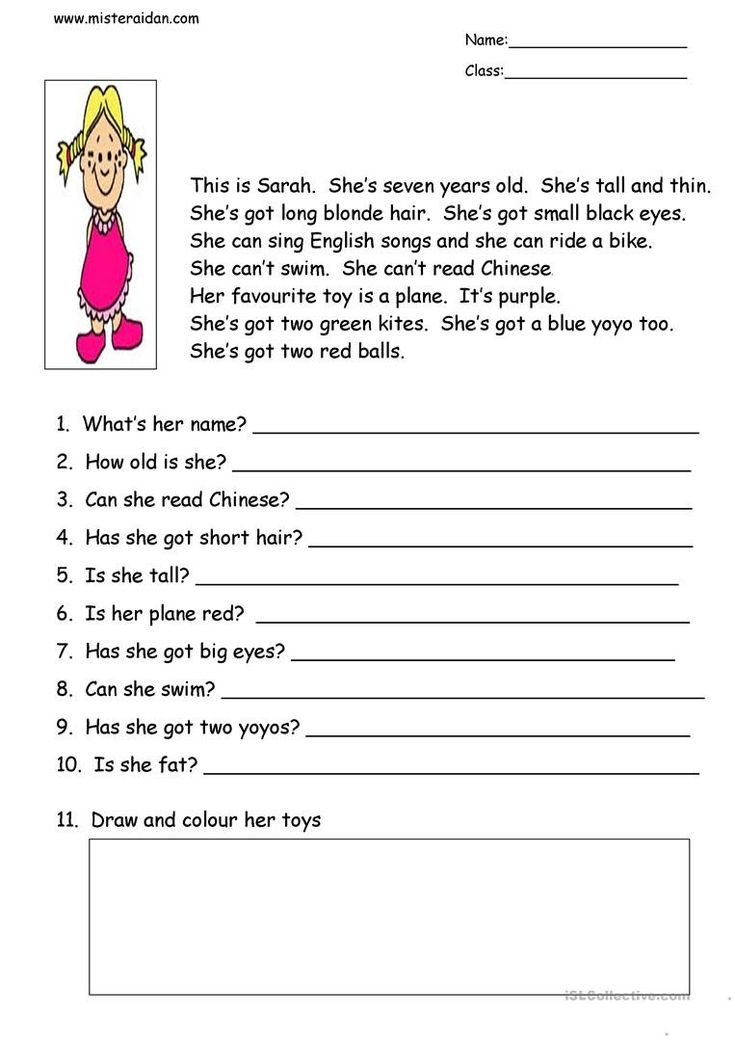
Earlier, the Ministry of Finance explained in what period bad debts should be taken into account.
Mass media registration certificate: El No. ФС77-67462 dated October 18, 2016 Editorial contacts: +7 (495) 784-73-75, [email protected]
Latest news
How to fill out applications for the return (offset) of the amounts that form the positive balance of the UNS The features of the application of VAT deductions during the transition from the simplified tax system to the basic tax system are explained Ministry of Finance: List of cases of mandatory audit of accounting (financial) statements for 2022 published nine0047 Version 3.0 of the KORP Document Management configuration has been released with an interface in Russian and English Until the end of 2023, we are extending the promotion “Start a new business with 1C!”
Consultant Plus
Free access for 3 days
Get free access
for 3 days
Thank you for your contact!
11/14/2022 - 11/24/2022
Refresher course
Practical course.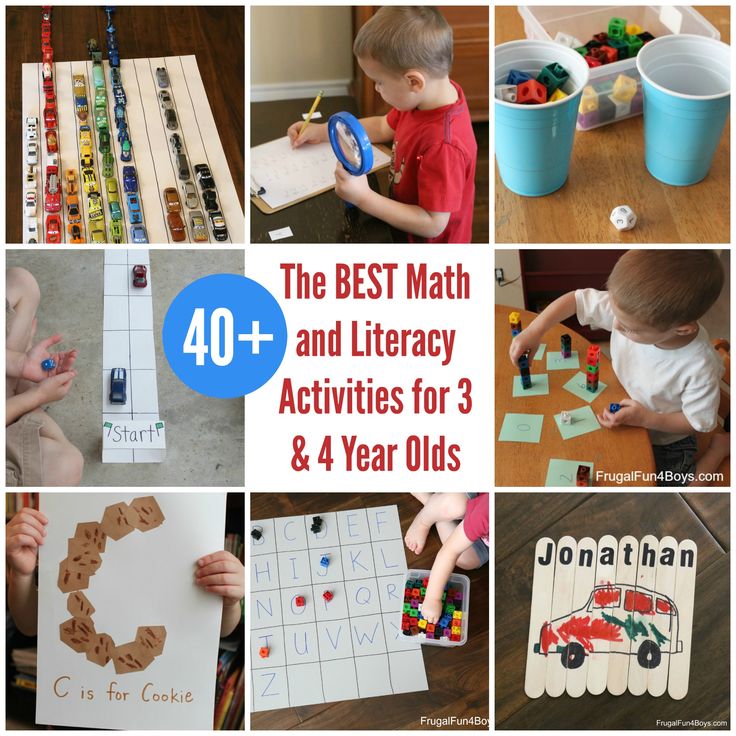 Accounting statements of budgetary and autonomous institutions. Compilation procedure, verification rules, elimination of the risks of making mistakes
Accounting statements of budgetary and autonomous institutions. Compilation procedure, verification rules, elimination of the risks of making mistakes
11/15/2022 - 11/16/2022
Webinar
ONLINE. New FSB and their impact on reporting indicators - getting ready for formation financial statements for 2022 nine0003
Email:
Congratulations! You have successfully subscribed to the newsletter
Not
Get full access to ConsultantPlus for free!
Try
Yes
You go to the ConsultantPlus system
Go to
FPA does not write the law!
The decision of the FPA Council to cancel its own seven-year-old clarifications, misinterpreted by Rossiyskaya Gazeta (March 24, No.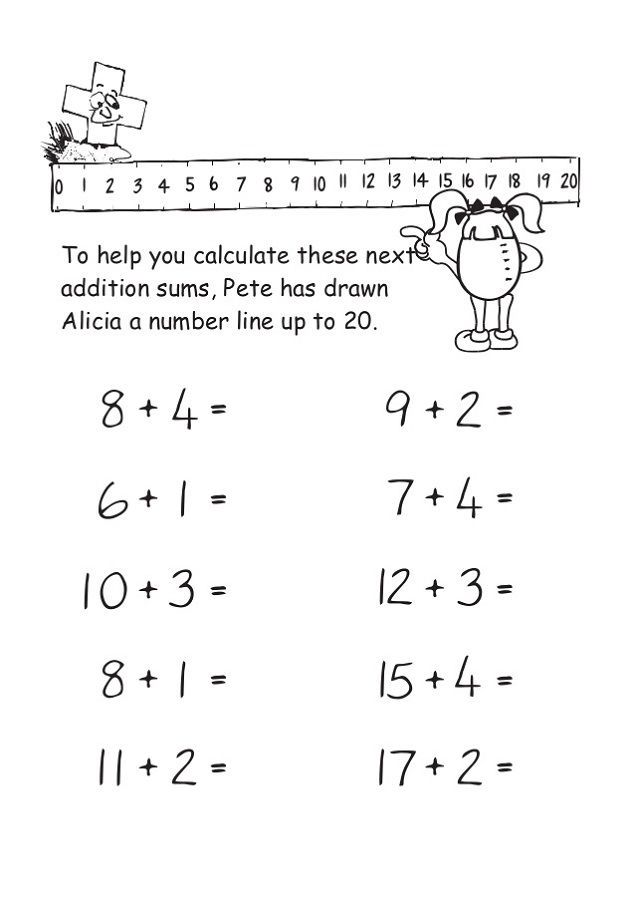 61. Stolichny issue. Defenders Legionnaires), made a lot of noise. Some media presented the news as a revolutionary breakthrough of foreign advocacy into the Russian legal services market. In fact, the cancellation of the Clarification of the Council of the FPA of April 22, 2004 was dictated by the circumstances associated with Russia's accession to the World Trade Organization, which involve some unification in the provision of professional services, including in the legal field. The fact that the FPA Council canceled the Clarifications of April 22, 2004 does not give any privileges to foreign lawyers, their right to practice in Russian courts is still regulated by the Federal Law “On Advocacy and the Bar in the Russian Federation”. The provisions of this law, and not the Federal Chamber of Lawyers, regulate the conditions for admission to the practice of law. nine0096
61. Stolichny issue. Defenders Legionnaires), made a lot of noise. Some media presented the news as a revolutionary breakthrough of foreign advocacy into the Russian legal services market. In fact, the cancellation of the Clarification of the Council of the FPA of April 22, 2004 was dictated by the circumstances associated with Russia's accession to the World Trade Organization, which involve some unification in the provision of professional services, including in the legal field. The fact that the FPA Council canceled the Clarifications of April 22, 2004 does not give any privileges to foreign lawyers, their right to practice in Russian courts is still regulated by the Federal Law “On Advocacy and the Bar in the Russian Federation”. The provisions of this law, and not the Federal Chamber of Lawyers, regulate the conditions for admission to the practice of law. nine0096
In a 2004 FPA clarification by Svet, it was said that foreign lawyers can represent the interests of their clients in Russian courts only on matters of foreign law. At the same time, they were denied the status of a Russian lawyer, which in fact was contrary to the law. Now this misunderstanding has been eliminated. Foreign lawyers had and have the right to receive the status of a Russian lawyer on equal terms with Russian citizens. In connection with Russia's accession to the World Trade Organization, the procedure for the access of foreign lawyers to legal practice in the Russian Federation will be specified. In accordance with paragraph 6 of Article VI of the General Agreement on Trade in Services, it will be necessary to establish procedures for checking the competence of lawyers from WTO countries, and for foreigners to go through these procedures. The rules governing the admission of foreigners to the legal services market and the conditions for providing legal assistance to the Russian government have yet to be established. nine0003
At the same time, they were denied the status of a Russian lawyer, which in fact was contrary to the law. Now this misunderstanding has been eliminated. Foreign lawyers had and have the right to receive the status of a Russian lawyer on equal terms with Russian citizens. In connection with Russia's accession to the World Trade Organization, the procedure for the access of foreign lawyers to legal practice in the Russian Federation will be specified. In accordance with paragraph 6 of Article VI of the General Agreement on Trade in Services, it will be necessary to establish procedures for checking the competence of lawyers from WTO countries, and for foreigners to go through these procedures. The rules governing the admission of foreigners to the legal services market and the conditions for providing legal assistance to the Russian government have yet to be established. nine0003
POV
Evgeny Semenyako, President of the FPA RF:
“This decision was dictated by the circumstances related to Russia's accession to the World Trade Organization and the extension of the general rules of this organization to persons providing legal services.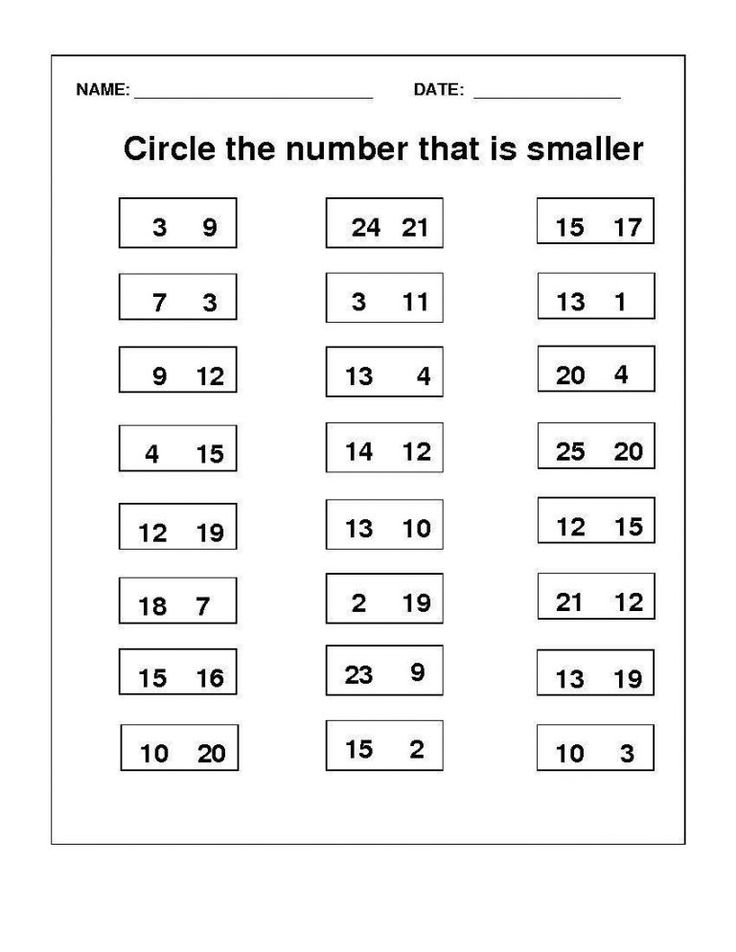 We are talking about the development of appropriate procedures for checking the competence of lawyers from the WTO countries, which will be regulated by the relevant regulations. The draft of this document is being prepared by the Ministry of Justice with the participation of the Federal Chamber of Lawyers. nine0003
We are talking about the development of appropriate procedures for checking the competence of lawyers from the WTO countries, which will be regulated by the relevant regulations. The draft of this document is being prepared by the Ministry of Justice with the participation of the Federal Chamber of Lawyers. nine0003
As for the right of foreign lawyers to practice in Russian courts, according to the law on advocacy, not only foreign lawyers, but also any foreign citizen, and even stateless persons, are allowed to practice as a lawyer in the Russian Federation only after acquiring the status of a lawyer in accordance with the procedure established by Russian law. That is, he must pass a qualification exam in Russian law in Russian in one of the chambers of lawyers and take the oath of a lawyer. The Federal Chamber of Lawyers will resolutely insist on maintaining this provision, since our citizens should really receive qualified legal assistance from experts in national law. nine0003
The forthcoming changes in the procedure for admission of foreign lawyers to legal practice in Russia are aimed primarily at eliminating the current unsettled situation in the legal services market in Russia, in which foreign lawyers, along with lawyers who do not have legal status and even persons without a legal education, practice law without being subject to any rules.